With the demise of Chacha Chaudhary's creator, Pran, the guide looks at the current status of iconic Indian comic book characters who've engaged readers across generations
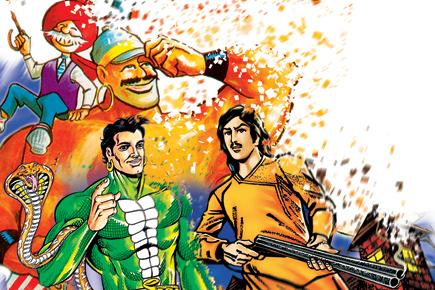
Chacha Caudhri
 Everybody's Chacha
Everybody's Chacha
Diamond Comics started cartoonist Pran's Chacha Chaudhary series in 1981 along with series on other characters by Pran like Billoo, Pinki and Chotu Lambu.
The characters became popular, and Diamond Comics continued to publish Pran's works exclusively in Hindi, English and other Indian languages.
Gulshan Rai, publisher, Diamond Comics, admits that he grew up on a diet of foreign characters like Phantom and missed the Indian touch.
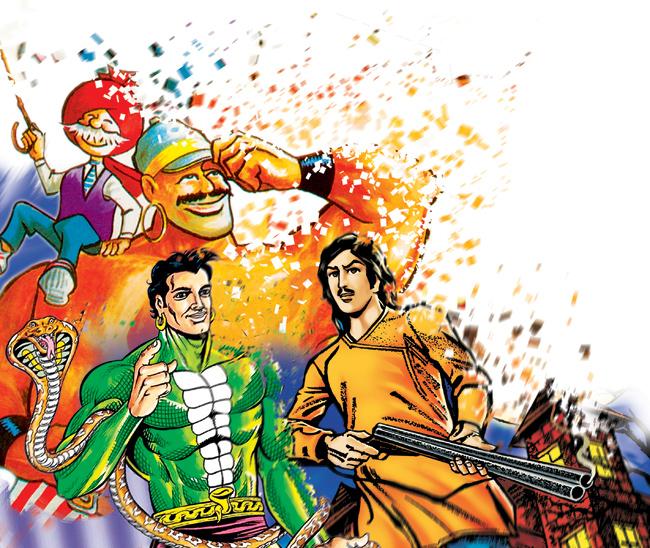
Characters extracted with permission from Aabid Surti, Diamond Comics and Raj Comics
When he joined the business in 1968, he decided to create comics of Indian characters. “We started with four Indian characters.
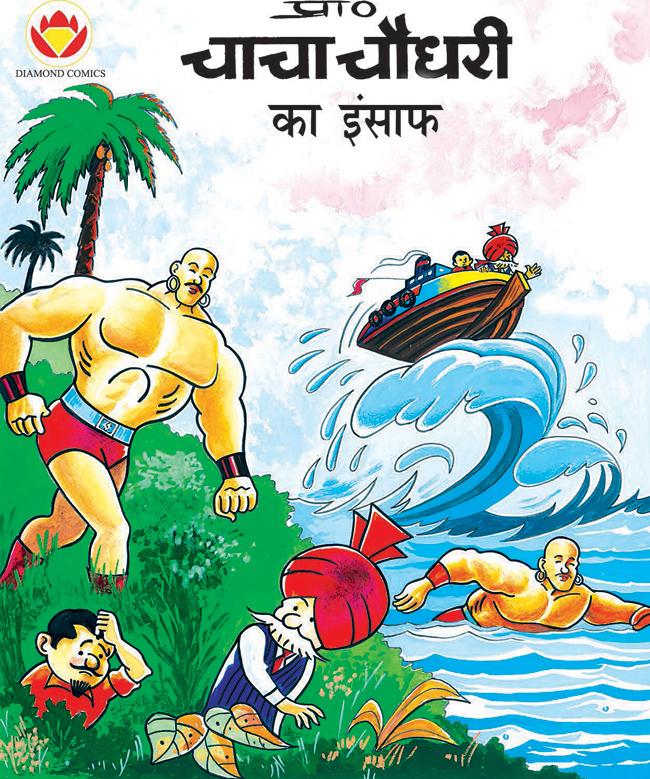
By 1981, we started featuring newer characters for different age groups such as Chacha Chaudhary,” he reminisces. Presently, they have 40 characters and still publish their comics every month. They are also diversifying to other media: “The demand for our comics is accelerating in print and digital media as we are available in all media,” he maintains.  Bahadur to the rescue
Bahadur to the rescue
Aabid Surti (80), the creator of the iconic character of Bahadur, recalls that when comic heroes like Phantom began dominating the market, he took it as a challenge to create an Indian comic character.
India, at the time, was facing problems like terrorism and bandit attacks. “Unlike films, where bandits were depicted attacking villages and looting them on horseback, bandits were actually given a charpoi to sit by the villagers, served food and entertained.
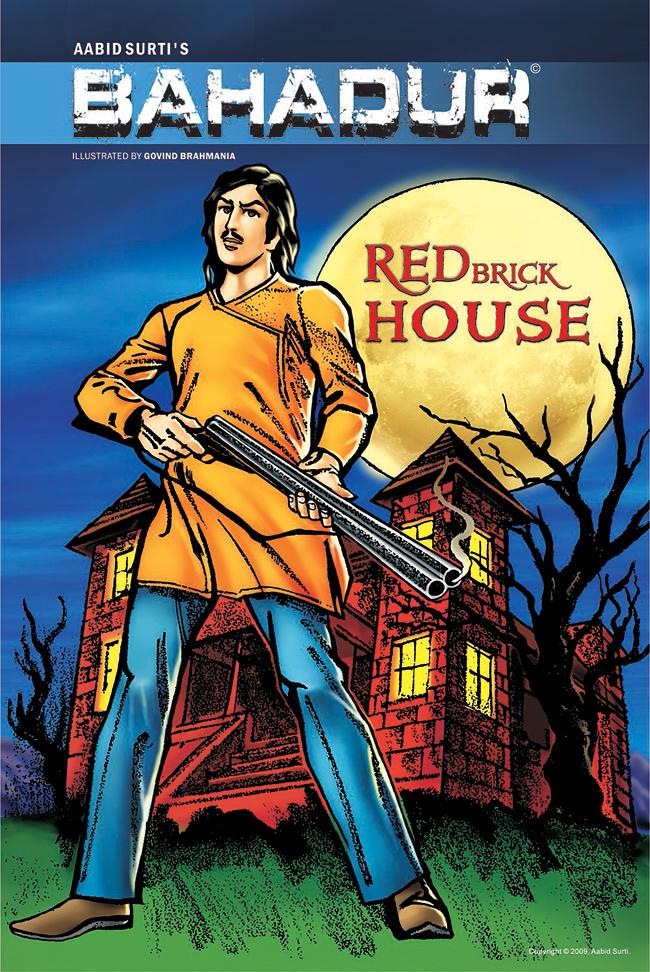
For every 100 villages, there was just one police chowki and no telephones. The bandits would target remote villages and the villagers had no way to call for help in time,” reveals Surti. He visited Chambal in Madhya Pradesh for his research before creating Bahadur. “My personal ideology is the one preached by Bahadur. I would add or subtract traits based on the feedback I received,” he elaborates. Bahadur's attire of a kurta and jeans was also Surti's preferred attire (except that he wore a white kurta and Bahadur wore saffron). “Saffron was the symbol of India before it got hijacked by politics; jeans were the sign of progress and added a Western touch,” says Surti.
He began his career working as a spot boy for films and rose to become a second assistant; he also assisted in scriptwriting. “These kind of tasks helped me understand the concept of angle shots, close-ups, top shots and angles, which I used for comic benefit,” he shares. In 1973, when his character Inspector Azad was serialised in Illustrated Weekly, actor Raj Kapoor read it and wanted Surti to join RK Studios as a scriptwriter. “But the lifestyle didn't suit me as I am a morning person,” he shares, on why he turned it down.
 Snakes on the storyboard
Snakes on the storyboard
Raj Comics began in 1986 by Raj Kumar Gupta and his three sons: Sanjay, Manoj and Manish Gupta, with the vision that India should have its own superheroes.
Sanjay Gupta, studio head, Raj Comics, shares that his brothers and he were fond of superhero stories from childhood.
In the 1980s, the options in north India were Amar Chitra Katha's traditional comics or Manoj Comics' spy stories. Feeling a void, the Guptas created the character of Nagraj.
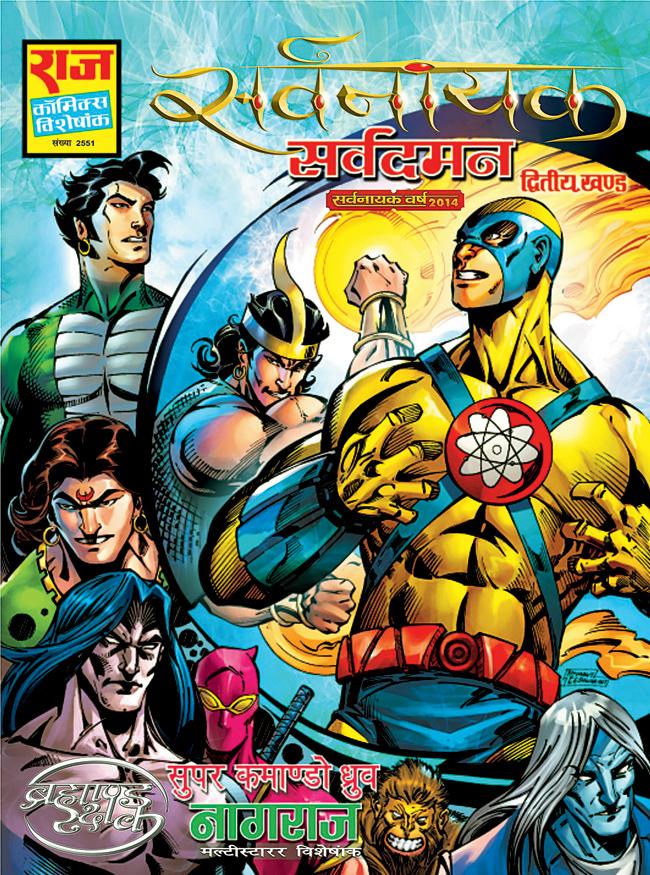
"Snakes are integral to India's identity. We took that thought and created a human snake. In the 1980s, terrorism was a concern so our hero was fighting against it, globally" he adds. Nagraj's success led to the creation of Super Commando Dhruv, Mahabali Bhokal and Doga; today, they boast of nearly 2,000 characters. Their latest is the Raj Comics Brahmand series, which features their many characters.
 Shikari Shambu rules
Shikari Shambu rules
Suppandi, Shikari Shambu, Kalia the Crow and the endless list of characters from Tinkle needs no introduction. Yet, each has a story behind them.
Savio Mascarenhas, art director at Tinkle, ACK Media, has been associated with the brand for two decades and worked with comic book writers to co-create characters like Mopes and Purr (with Reena Puri), Janoo and Wolly Woo (with Vanita Vaid), The Adventures of Little Shambu (with Reena Puri) and Super Suppandi (with Anisha Karthick).
He has also been carrying forward the adventures of Shikari Shambu for 15 years (created by Luis Fernandes and Vasant B Halbe).
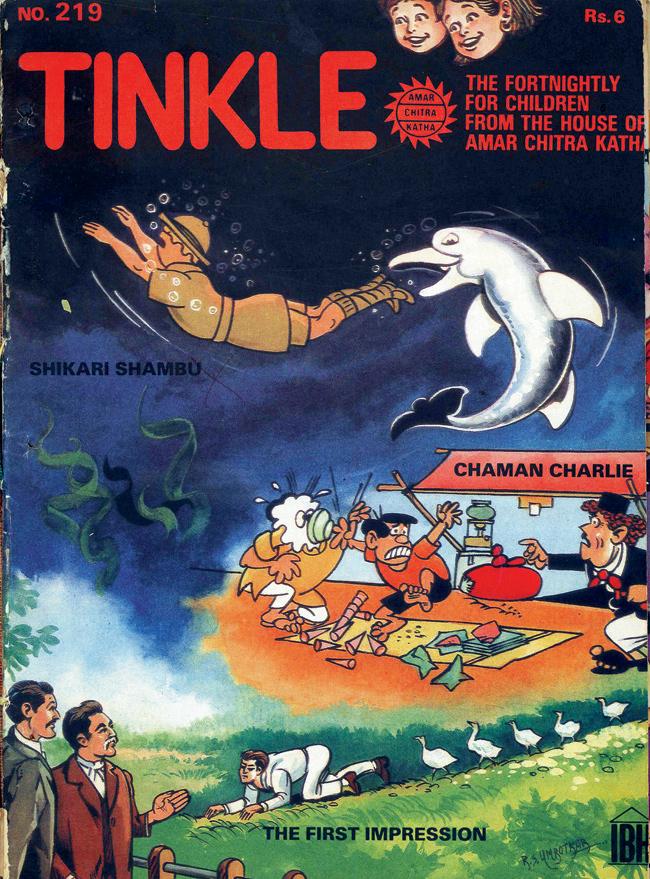
"We zero in on the look after a lot of discussion and sketches," says Mascarenhas. He admits that the character of Little Shambu was a challenge because it was based on Shikari Shambu whose face no one has ever seen. He also likes Super Suppandi, which is his creation in terms of idea and execution. Rajani Thindiath, editor, Tinkle, emphasises that among the lot, Suppandi, Shikari Shambu, Tantri the Mantri and Kalia the Crow are evergreen characters: "They are as loved today as the day they first stepped into the pages of Tinkle. Suppandi and Shikari Shambu remain the most popular."
 Subscribe today by clicking the link and stay updated with the latest news!" Click here!
Subscribe today by clicking the link and stay updated with the latest news!" Click here!







